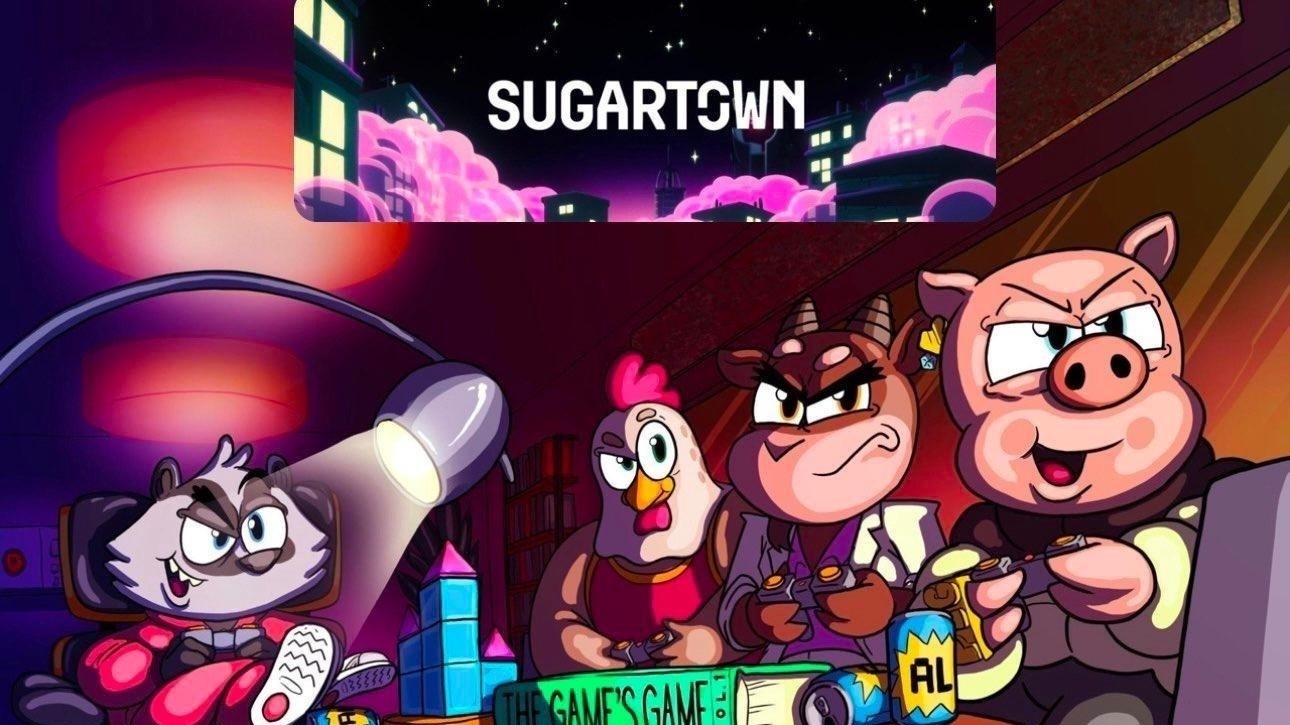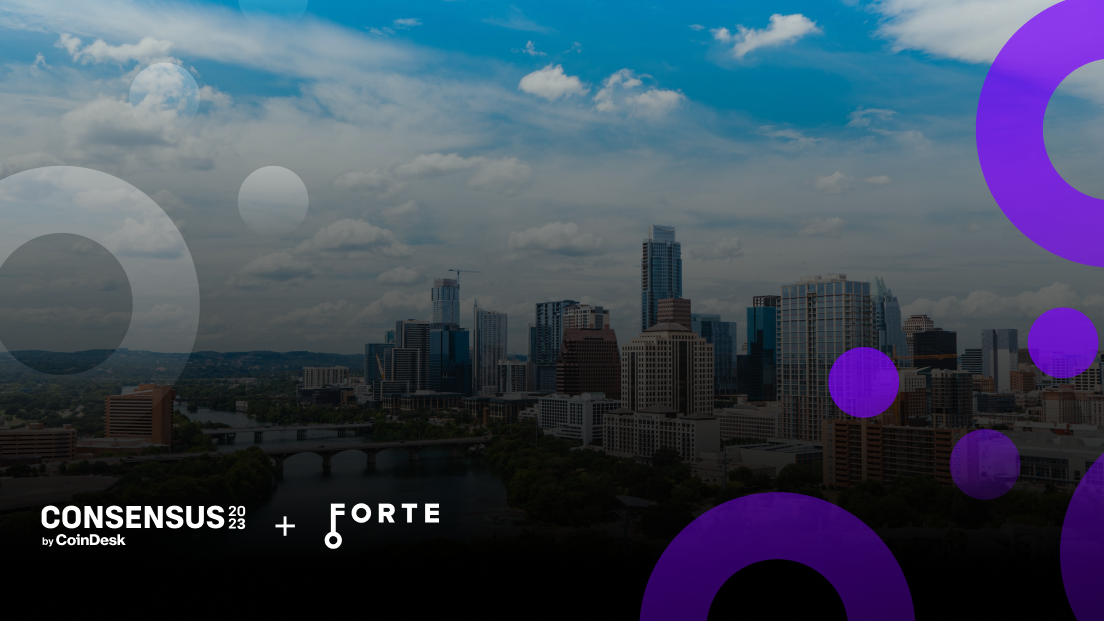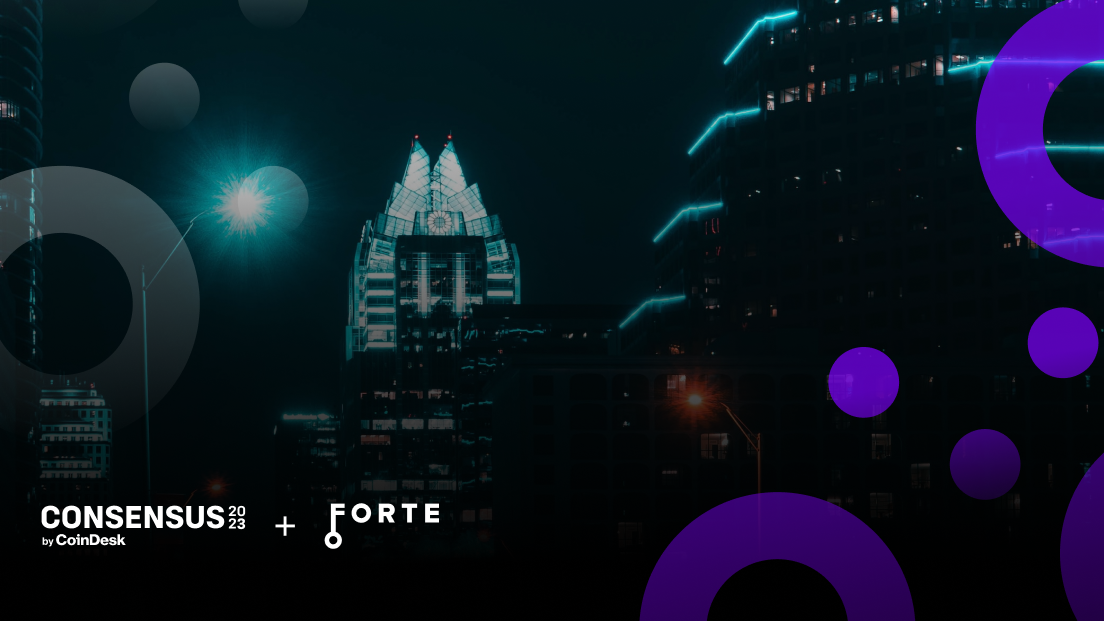Not all NFT auctions platforms are the same, with key design decisions having major consequences not just for how their auctions are run, but also the kinds of bidder audiences they draw and the ultimate outcomes of their auctions.
Every blockchain has its own token standards and compatible wallets, and auction platforms have to decide which one to embrace, because an Ethereum NFT can’t be sold on a blockchain platform based on Flow, and vice versa. By nature, this fragments the NFT space — which is already fragmented by the diversity of works and asset categories available.
Holding auctions on-chain lends the bidding process many of the benefits typically associated with blockchain-based transactions. For instance, auctions conducted via blockchain are auditable: every bid is public and permanently recorded, which makes bids more secure and transparent.
There are major liabilities to holding auctions on-chain, however. Bidding in an on-chain auction on the Ethereum network can result in exorbitant gas fees that may make it unpalatable to participate altogether; at going transaction rates, bidders would need to pay the equivalent of $20 to $150 US for every bid they make, whether the bid is a winner or a loser. That can add significant amounts to the purchase price of a hot-ticket item, should a prospective buyer have to make multiple bids before successfully winning an item. And of course, if a prospective buyer is outbid, the gas fees they’ve spent are still gone.
Off-chain platforms have the advantage of being far more accessible for bidders who aren’t immersed in blockchain. Bidding in fiat means that prospective buyers aren’t burdened by unclear bid values or compounding gas costs, giving them greater comfort in actively participating. On fully off-chain platforms, buyers don’t even have to manually create wallets on which to store their NFT purchases.
Because on-chain and off-chain bidding formats offer different relative benefits and trade-offs, they tend to attract a distinct set of participants. On-chain auctions are much more likely to screen for individuals who are immersed in blockchain. Off-chain auctions create much less friction for those seeking to participate, and are less intimidating for those new to the category.
The net result is that NFT auction platforms have arrayed themselves into two separate clusters, following opposite strategies in marketplace creation.
The first is the “wide” strategy, which involves opening the bidding pool to the broadest possible array of participants, particularly non-crypto-savvy bidders. This strategy seeks to generate value to sellers by encouraging a greater volume of bids and more competition among a larger pool of bidders.
Designing for a wide bidding pool means off-chain bidding, acceptance of fiat as well as cryptocurrency for payment, and certain other choices, like low auction fees. The positive aspects of this strategy include faster item-sales velocity and greater on-demand liquidity. The negative aspects include a greater burden of customer service — since it’s more likely that some participants are unfamiliar with the process of NFT purchasing and ownership — and more potential for fraud or buyer’s remorse.
The second option is to pursue a “deep” strategy, creating a relatively closed bidding pool of qualified participants who have essentially been curated for their knowledge of the category and their resources and capacity to bid. This approach consciously limits participation to those who are more immersed in crypto and blockchain, and generates value to the seller through size of bids — based on high reserve prices or estimated values made possible by bidder awareness of market demand and historical pricing.
Designing for a deep bidding pool means on-chain bidding, and generally, accepting crypto only; this approach also emphasizes the need for community infrastructure around the platform, to create a continuing set of active return participants. This strategy may be a better fit for fine art and for collectibles with a distinctive appeal to subcultures already well represented in the blockchain space.
As interest in NFTs goes increasingly mainstream, platforms taking a “wide” approach by minimizing friction, making access friendly to new users, and opening up participation to the broadest possible audience — essentially, prioritizing scalability over decentralization and security — will drive adoption and growth.
Want to learn more about NFT auctions? Read our in-depth article here.



